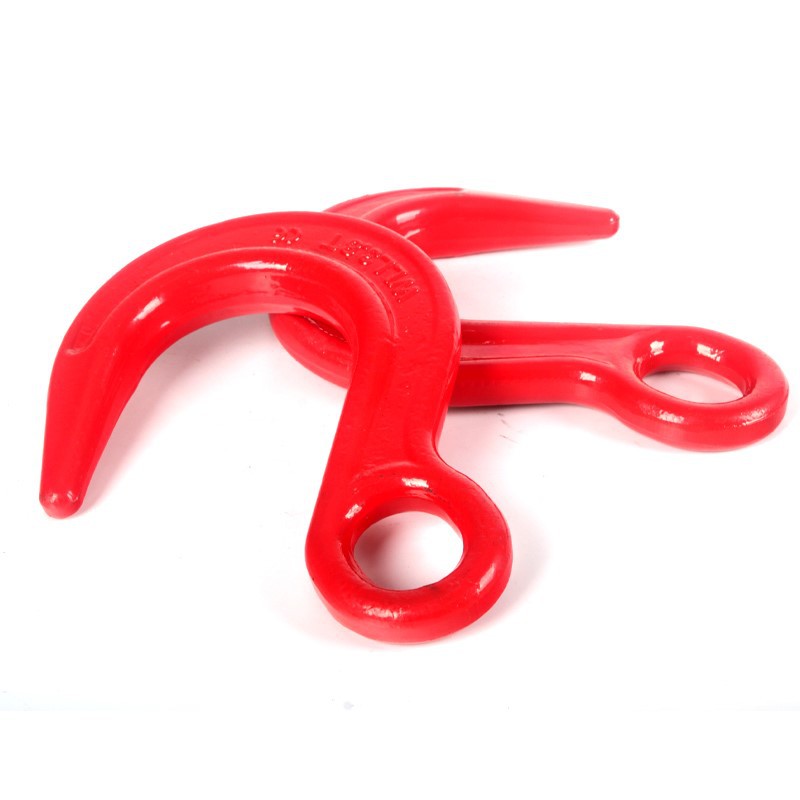News
Out . 21, 2024 22:37 Back to list
Lifting and Moving Equipment Solutions from a Leading Rigging Hardware Manufacturer
Understanding the Importance of Rigging Hardware in Lifting and Moving Equipment
In today's fast-paced industrial landscape, the effective movement of heavy materials and equipment is paramount for operational efficiency. From construction sites to manufacturing facilities, the reliance on rigging hardware and lifting equipment has become an essential facet of various industries. Rigging hardware includes a wide range of devices and systems that facilitate the secure lifting and moving of heavy loads. Understanding the components of rigging hardware and their applications can significantly enhance safety and productivity in any workspace.
Key Components of Rigging Hardware
Rigging hardware encompasses a variety of elements designed to connect, lift, and move heavy objects safely. Common components include slings, hooks, shackles, blocks, and winches. Each element plays a crucial role in ensuring load stability and worker safety during lifting operations.
1. Slings Slings are used to secure loads and distribute weight evenly during lifting. They come in various materials, including synthetic webbing, chain, and wire rope, each suited for different applications based on the load's weight and environment.
2. Hooks Lifting hooks are essential for connecting slings to the load. They are designed to handle specific weight limits and feature safety latches to prevent accidental unhooking.
3. Shackles Often used in conjunction with slings and hooks, shackles provide a secure connection point for lifting equipment. They are available in different shapes, such as D-shackles and bow shackles, each offering distinct advantages based on load configuration.
4. Blocks Lifting blocks assist in changing the direction of a cable or chain during lifting operations. They are crucial for creating mechanical advantage in lifting heavy loads.
5. Winches Winches are devices used to wind and unwind cables or ropes, enabling controlled lifting and moving of loads. They can be powered manually or operated with electric or hydraulic systems for greater efficiency.
Safety Considerations in Rigging Operations
rigging hardware-lifting & moving equipment manufacturer

While rigging hardware enhances operational capabilities, safety remains a top priority. The improper use of rigging equipment can lead to catastrophic accidents, making it essential to adhere to safety standards and guidelines.
1. Inspection and Maintenance Regular inspection of rigging hardware is vital to ensure that all components are in good working condition. Look for signs of wear, deformation, rust, or corrosion. Any damaged equipment should be immediately retired from service.
2. Load Capacity Awareness Understanding the load capacity of all rigging components is crucial. Each element has a specified working load limit (WLL) that should never be exceeded. Overloading can lead to equipment failure and serious accidents.
3. Proper Training Only trained personnel should operate rigging hardware. Workers need to understand the correct methods for securing and lifting loads, as well as how to recognize potential hazards in the work environment.
4. Clear Communication Effective communication among team members during lifting operations is essential. Establishing signals and procedures can minimize the risk of accidents and ensure that all personnel are aware of the lifting process.
The Future of Rigging Hardware
As industries evolve, so does the technology behind rigging hardware. Manufacturers are investing in research and development to create innovative solutions that enhance safety and efficiency. Advanced materials such as high-strength synthetic fibers and smart monitoring systems are being integrated into rigging hardware, allowing for real-time tracking of load conditions and enhancing the overall safety of lifting operations.
Moreover, automation is becoming increasingly prominent in the rigging process. Automated winches and smart sensors not only reduce the risk of human error but also improve the speed and accuracy of heavy lifting tasks.
Conclusion
Rigging hardware plays a vital role in enabling the safe lifting and moving of heavy equipment across various industries. Understanding its components, adhering to safety standards, and keeping up with technological advancements are crucial for maximizing efficiency and minimizing risks. As the industry continues to evolve, staying informed and proactive in adopting new practices will ensure that operations remain safe, efficient, and productive. Whether in construction, manufacturing, or any other sector, the importance of reliable rigging hardware cannot be overstated, making it an indispensable aspect of modern industry management.
